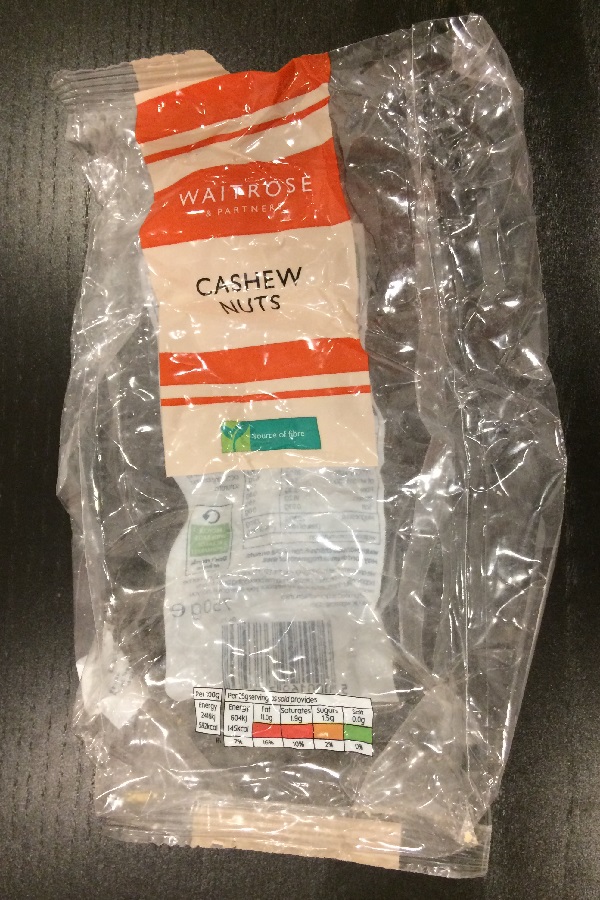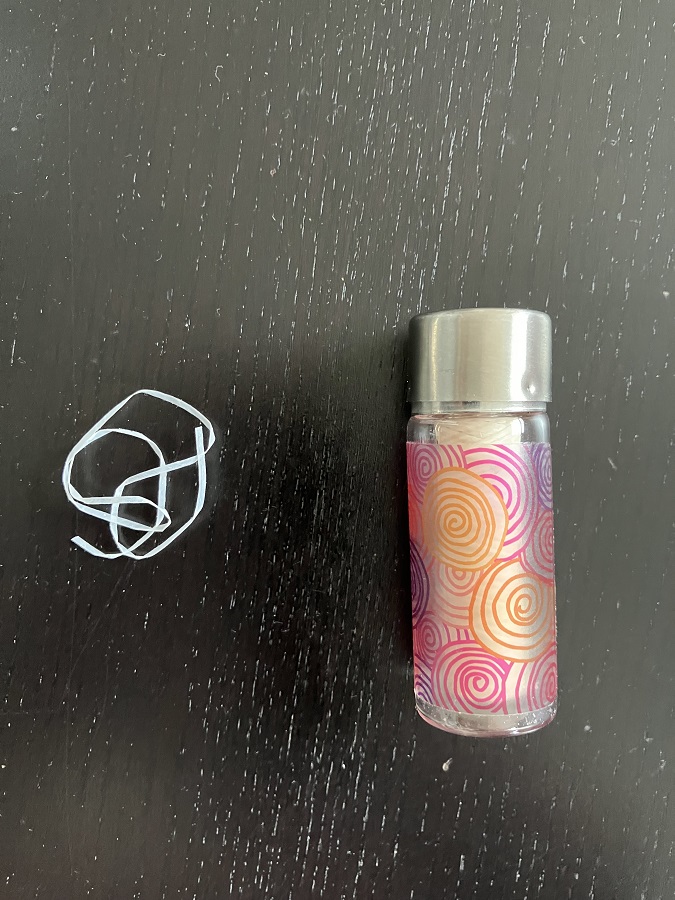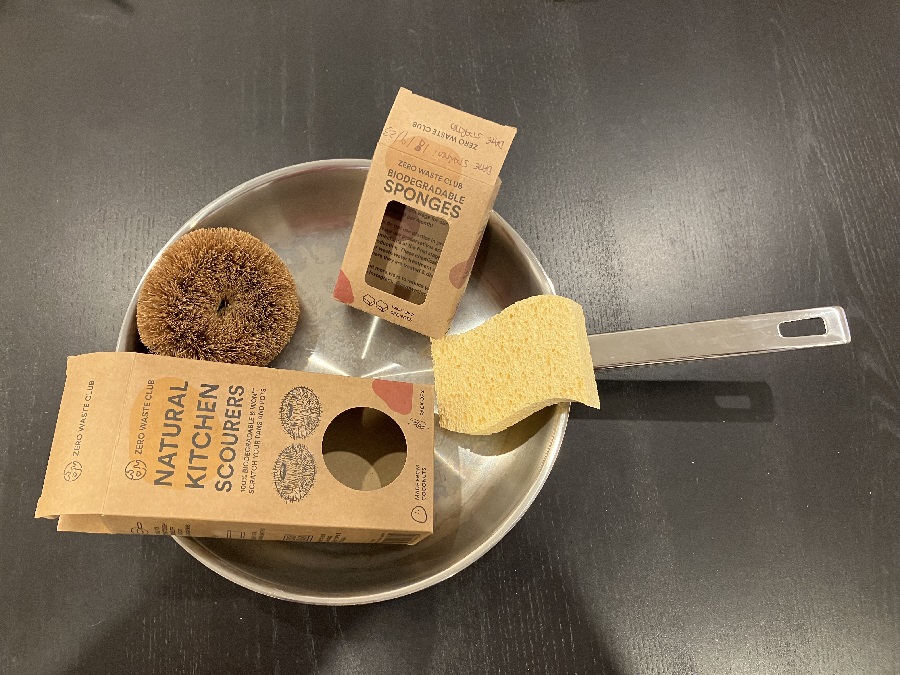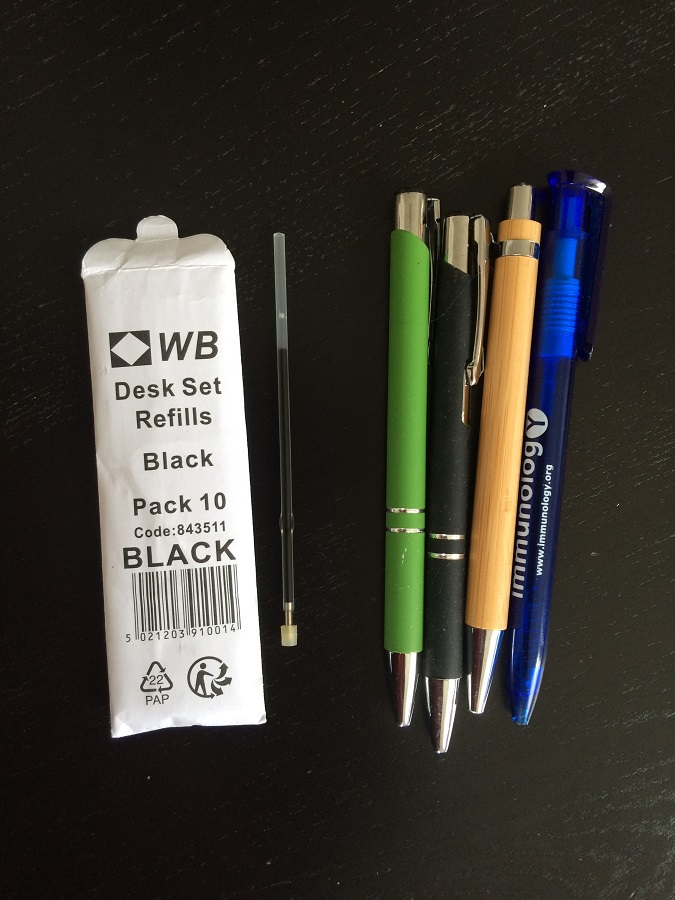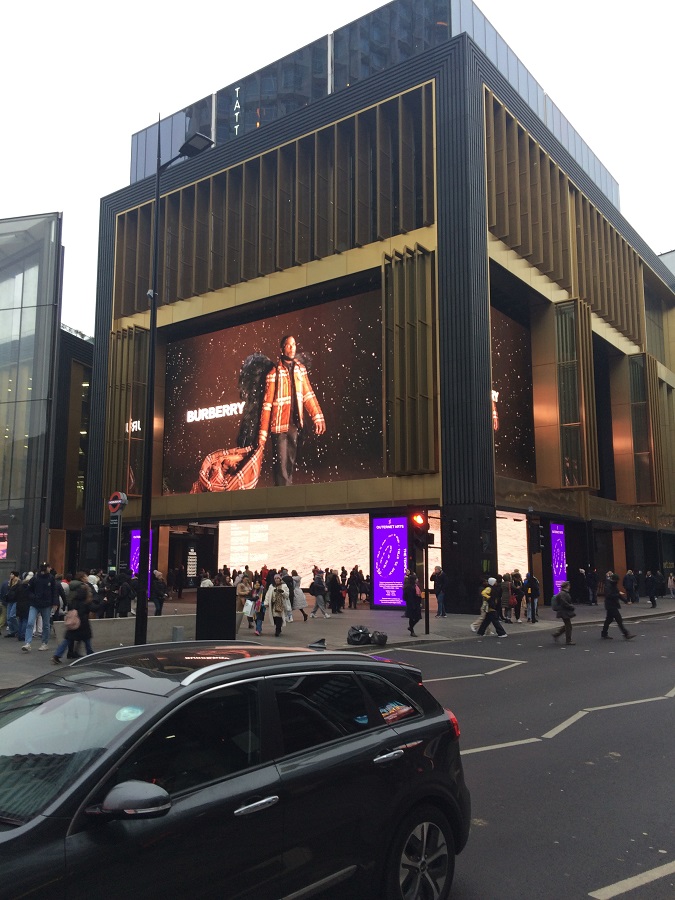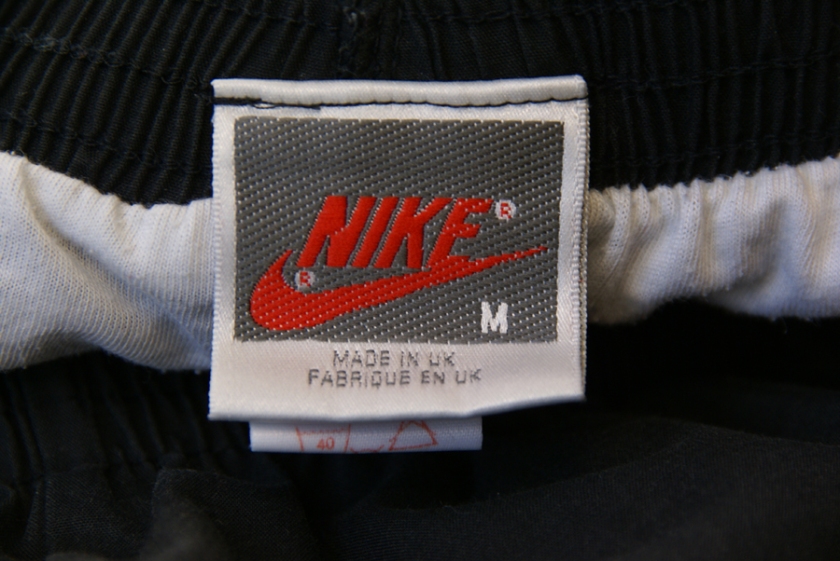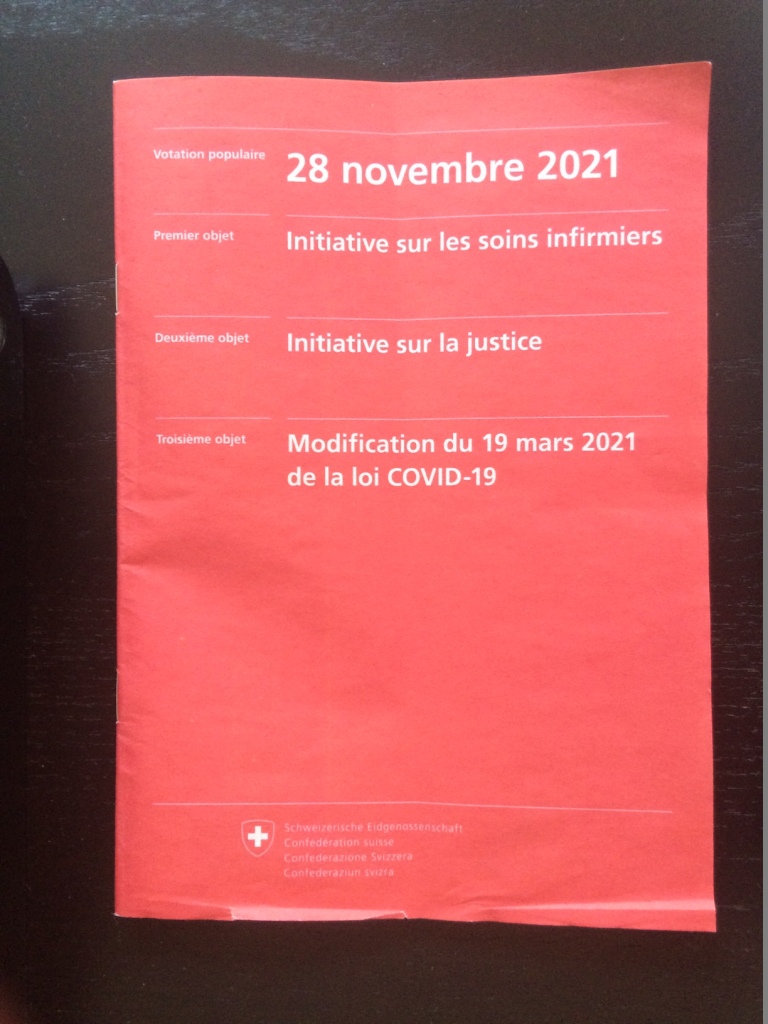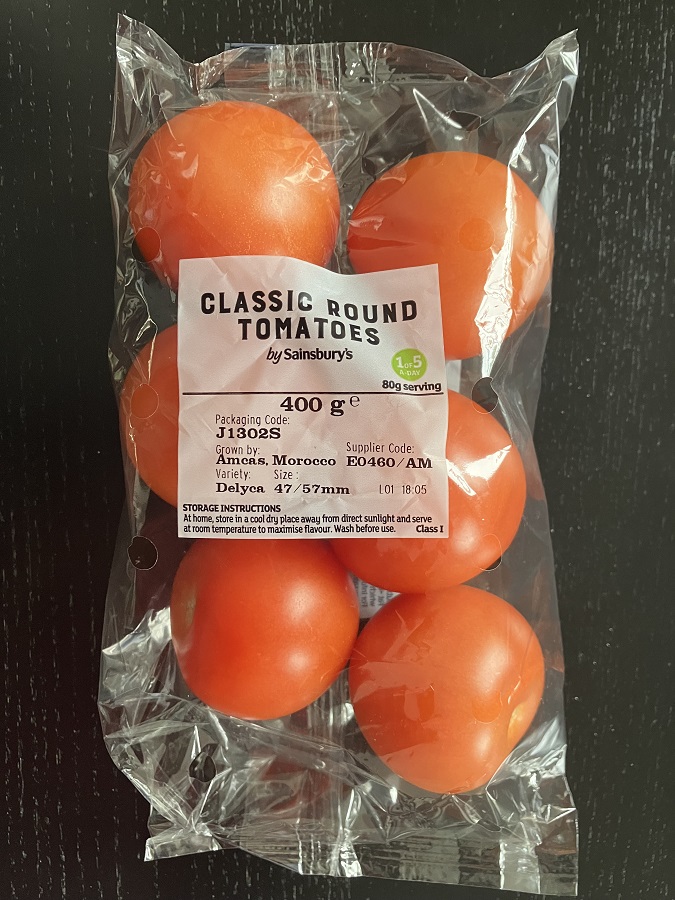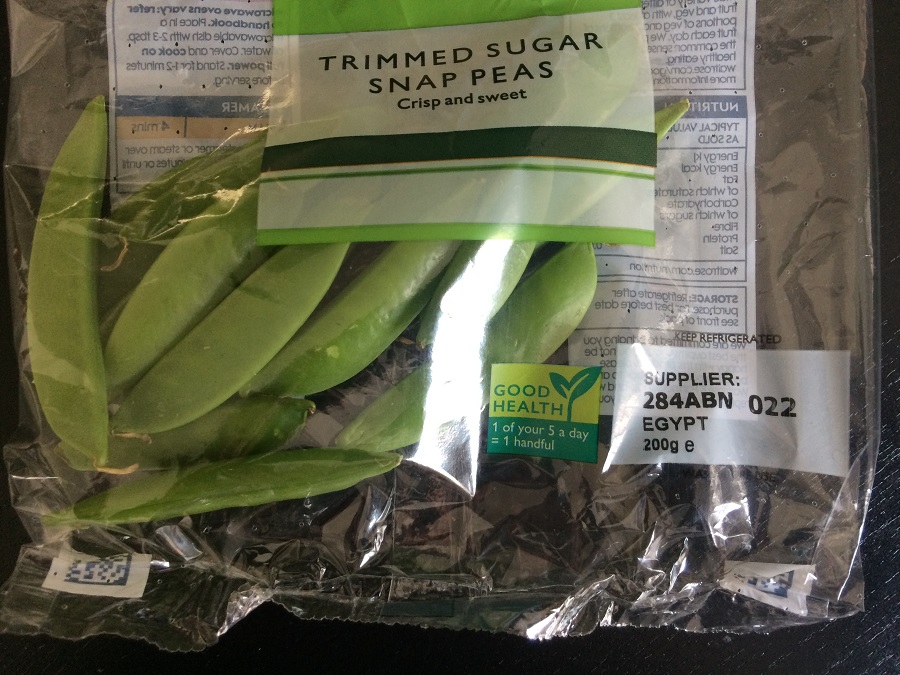For a long time, I used to use a commercial dental floss but there has been a lot of research lately, talking about the dangers of PFAS forever chemicals, in the chemical cocktail that is the modern life. Now PFAS chemicals help surfaces slide against each other and guess what? Yep, some dental floss use PFAS chemicals. Now one paper that I read recently said that PFAS chemicals had been found concentrated in those who had died of a brain tumour. Early days yet but it’s bad enough that these chemicals are crossing the blood brain barrier. And then a second study, https://www.dzne.de/en/news/press-releases/press/pfas-in-blood-are-ubiquitous-and-they-are-associated-with-an-increased-risk-of-cardiovascular-diseases/, that I read just the other day is suggesting a link to cholesterol and cardiac problems. So I have been trying to reduce my exposure to PFAS and the corporate chemical cocktail overall. That’s why I have switched to a plant based floss. It’s a little less convenient, breaks sometimes and doesn’t slide so well but I know that it’s clean in terms of corporate poisons.
The one on the left is a strand of corporate dental floss. The refillable glass container on the right is the plant based alternative.
Our links
Our Teemill shop site for our organic cotton clothes and bags, https://scientistandphilosopher.com/.
My author page where you can discover more about my books, https://www.amazon.co.uk/-/e/B07D3ZTQ1L.
This is our website for all our photography and my books, https://www.junagarhmedia.co.uk/.
We are also on Flickr, https://www.flickr.com/photos/21104365@N06/.
Also on Instagram, https://www.instagram.com/junagarh_media/.
Our Etsy shop https://www.etsy.com/uk/shop/JunagarhMedia.
On Pinterest, https://www.pinterest.co.uk/paulpaddington2017/



